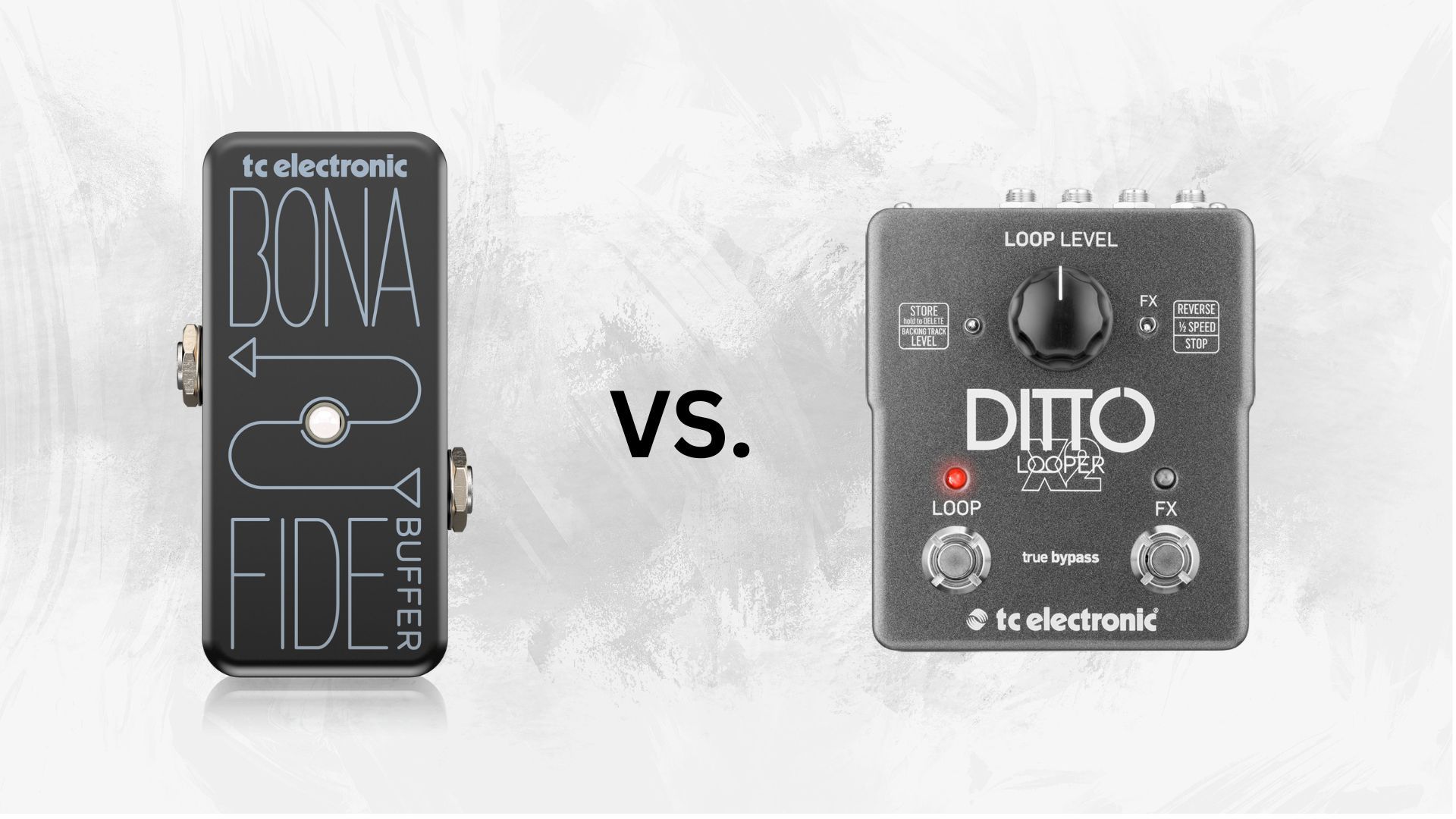
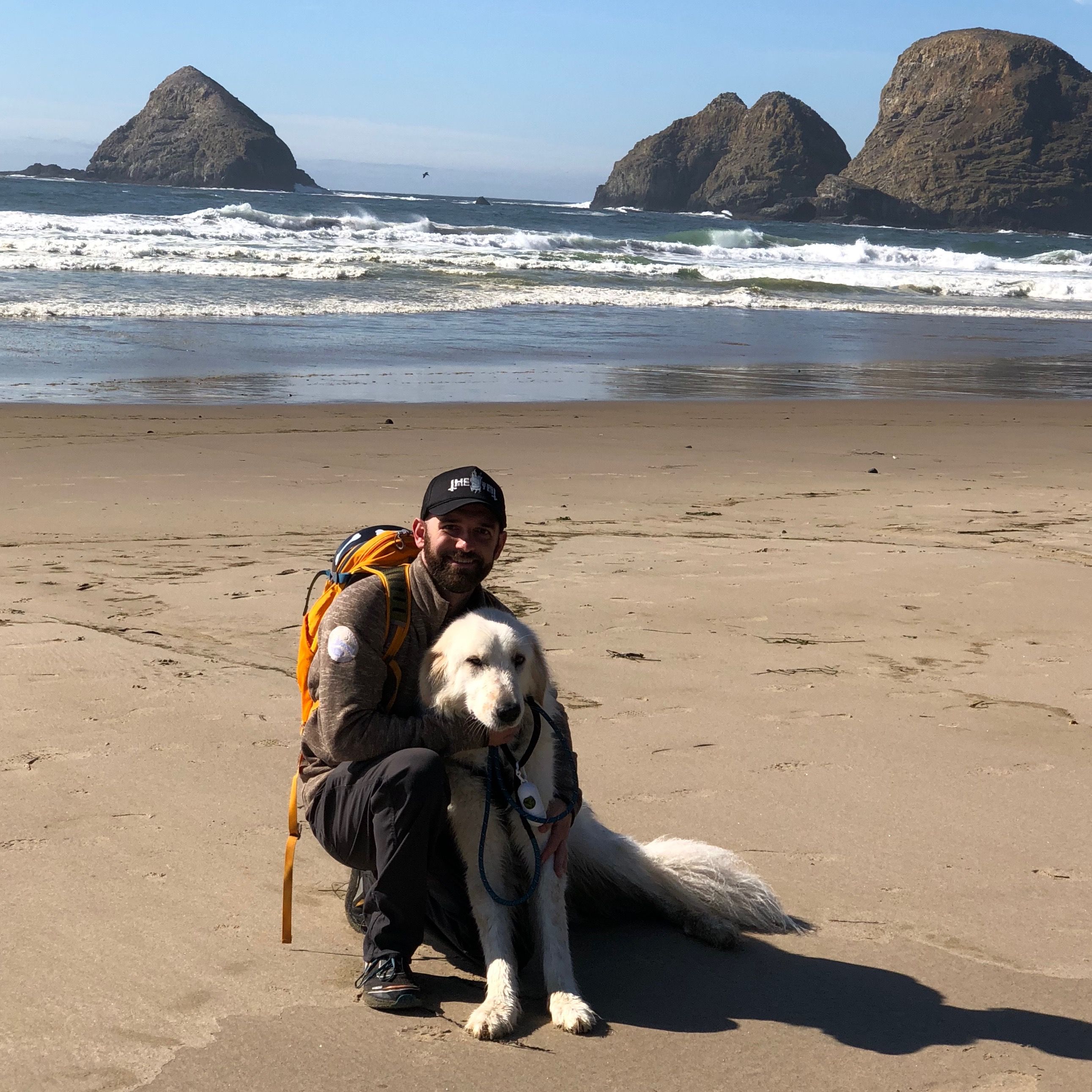 Anthony Easton
Anthony Easton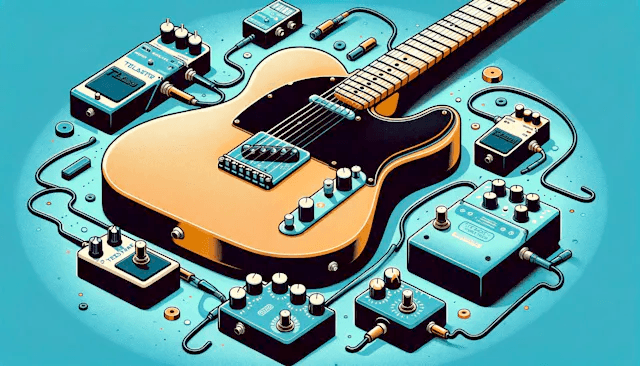
Guitar pedals, the small yet powerful tools for guitarists, dramatically shape the sound and style of music. Whether a beginner strumming the first chords or an experienced player aiming to expand their sonic palette, understanding and selecting the right guitar pedals can significantly enhance one's musical journey. This guide explores the essential pedals every novice guitarist should consider.
From the classic distortion to the ethereal reverb, it delves into the world of guitar effects. It aids in navigating through the myriad options with ease and confidence, focusing on transforming guitar sounds. The guide ensures that a player's growth in technique is complemented by expression and creativity. Discover how guitar pedals can elevate playing to the next level and embark on this sonic adventure.
Guitar pedals, also known as effects pedals, are electronic devices that alter the sound of your guitar. They can amplify, distort, modulate, and change the signal in various ways to produce different audio effects. Pedals are used by guitarists across all music genres to shape their sound, add texture, and enhance musical expression.
There are several types of guitar pedals, each serving a unique purpose:
Understanding these basic types of pedals is the first step in curating your unique sound. Beginners are encouraged to explore these effects to discover how they can enhance their playing style and musical expression.
For beginners, the world of guitar pedals can seem overwhelming at first glance. However, integrating effects pedals into your setup early on has several benefits that can significantly enhance your learning and playing experience.
1. Tone Exploration: Guitar pedals allow beginners to experiment with various sounds and effects, encouraging creative expression and helping to develop a personal playing style. This exploration is crucial for building a musical identity and understanding the wide range of sounds a guitar can produce.
2. Improved Practice Sessions: Using pedals can make practice sessions more engaging and fun. Experimenting with different effects can keep motivation high, as it provides a tangible way to hear progress and explore musical ideas beyond basic technique.
3. Performance Readiness: Learning to use pedals from the start prepares beginners for live performances. Mastering pedal setup and use ensures that transitioning from the practice room to the stage is smoother, allowing for more confidence during live playing.
4. Versatility: Pedals introduce beginners to the versatility required for playing different genres of music. Whether it's the crunch needed for rock, the delay for atmospheric solos, or the reverb for a bluesy vibe, pedals open up a world of sound that can fit any musical context.
5. Learning Signal Chain Basics: Understanding how to chain pedals together and how their order affects the sound is an essential skill for any guitarist. Beginners who start early with pedals gain a foundational knowledge that will benefit them throughout their playing career.
Incorporating guitar pedals into one’s setup from the beginning is not just about adding effects to the sound; it's about opening up a new dimension of musical exploration and expression. As beginners start to navigate their musical journey, pedals serve as valuable tools for discovery and growth.
To provide beginners with a broader selection of foundational pedals, here are additional recommendations in each category. These pedals have been chosen for their ease of use, sound quality, and versatility, ensuring they cater to the varied needs of novice guitarists.
These additional options offer a diverse range of sounds and functionalities, catering to various musical tastes and playing styles. Whether you're looking to add some grit with a distortion pedal, explore the depths of delay and reverb, stay in tune with a reliable tuner, or create layers of sound with a loop pedal, there's something here for every beginner guitarist.
Selecting your first guitar pedal is an exciting step in your musical journey. However, with countless options available, it can also be a daunting decision. Here are key factors beginners should consider to make an informed choice:
1. Durability and Ease of Use: Look for pedals that are robust and straightforward. Beginners will benefit from pedals that can withstand frequent use and are simple to operate, allowing them to focus more on playing rather than technical troubleshooting.
2. Budget Considerations: Guitar pedals range from affordable to high-end prices. Determine a budget that works for you and explore the best options within that range. Remember, some entry-level pedals offer excellent quality and can be great starting points.
3. Pedal Type According to Music Genre: Your preferred music genre can guide which pedal to start with. For rock or metal, a distortion or overdrive pedal might be essential. If you're into blues or ambient music, consider a delay or reverb pedal.
4. Features vs. Simplicity: While some pedals come packed with features, simplicity might be more beneficial for beginners. A pedal with a few, easily adjustable settings allows for quicker learning and mastery of its effects.
5. Compatibility with Your Equipment: Ensure the pedal you choose is compatible with your current guitar and amplifier. Some pedals are designed to work better with certain types of equipment, so it's worth checking compatibility before making a purchase.
By considering these factors, beginners can navigate the vast world of guitar pedals more confidently, selecting a pedal that not only suits their current needs but also supports their growth as a guitarist.
Integrating pedals into your guitar setup is an exciting step towards crafting your unique sound. However, the way you connect and order your pedals can greatly affect your overall tone. Here's a straightforward guide to help beginners get started with their pedal setup.
The order in which you place your pedals can influence the sound they produce. A typical pedal chain follows this sequence:
Tuner Pedals: Start with a tuner pedal to ensure your guitar is in tune before the signal is processed through other effects.
Dynamics/Sound Shapers: This includes compressors, EQ pedals, and volume pedals. They help to shape the raw sound of your guitar before adding any modulation or time-based effects.
Distortion/Overdrive Pedals: Place these next, as they add harmonic content and grit to your clean tone.
Modulation Effects: Chorus, phaser, and flanger pedals come after distortion, as they modulate the distorted signal to add texture.
Time-Based Effects: Delay and reverb pedals are typically placed at the end of the signal chain. They add echoes and ambience to the signal after it has been shaped by the previous pedals.
To connect your pedals, you'll need short instrument cables, also known as patch cables. Follow these steps:
Pedals need power to operate, which can be supplied by batteries or a power adapter. For multiple pedals, consider using a power supply unit that can power all your pedals simultaneously, reducing cable clutter and ensuring consistent power delivery.
While the suggested order is a good starting point, don't be afraid to experiment. The beauty of guitar pedals lies in their versatility and the unique sounds you can create by simply rearranging them. Discovering the order that best suits your playing style and preferred genres is part of the fun.
Integrating pedals into your setup opens up a new realm of sonic possibilities. By understanding the basics of pedal order, connection, and power, you're well on your way to exploring and refining your sound.
Proper care and maintenance of your guitar pedals can greatly extend their lifespan and ensure they continue to sound their best. Here are some essential tips for keeping your pedals in top condition:
By following these care and maintenance tips, your guitar pedals will remain reliable and perform at their best, ensuring that your sonic exploration is uninterrupted. Taking care of your gear is as essential as practicing your instrument, as it directly affects your sound and performance.
Embarking on the journey of exploring guitar pedals is a thrilling aspect of developing as a guitarist. From your first distortion pedal that adds a gritty edge to your sound, to the ambient landscapes created by reverb and delay, each pedal opens up new avenues of musical expression. For beginners, understanding the basics of guitar pedals, how to integrate them into your setup, and maintaining them properly can significantly enhance your playing experience and sonic exploration.
Remember, the world of guitar pedals is vast and filled with endless possibilities. While the recommendations and tips provided in this guide serve as a starting point, the true key to mastering guitar pedals lies in experimentation and personal expression. Don't be afraid to try different pedal combinations, tweak settings, and explore unconventional pedal orders. Each adjustment can lead to new discoveries about your sound and playing style.
Moreover, the journey doesn't end with purchasing your first set of pedals. As you grow as a musician, your taste in effects, understanding of signal chain complexities, and ability to craft unique sounds will evolve. Guitar pedals are not just tools but partners in your musical expression, capable of transforming a simple chord into a sonic masterpiece.
Check out the latest news and articles from around the pedal world.

 Anthony Easton
Anthony Easton
 Anthony Easton
Anthony Easton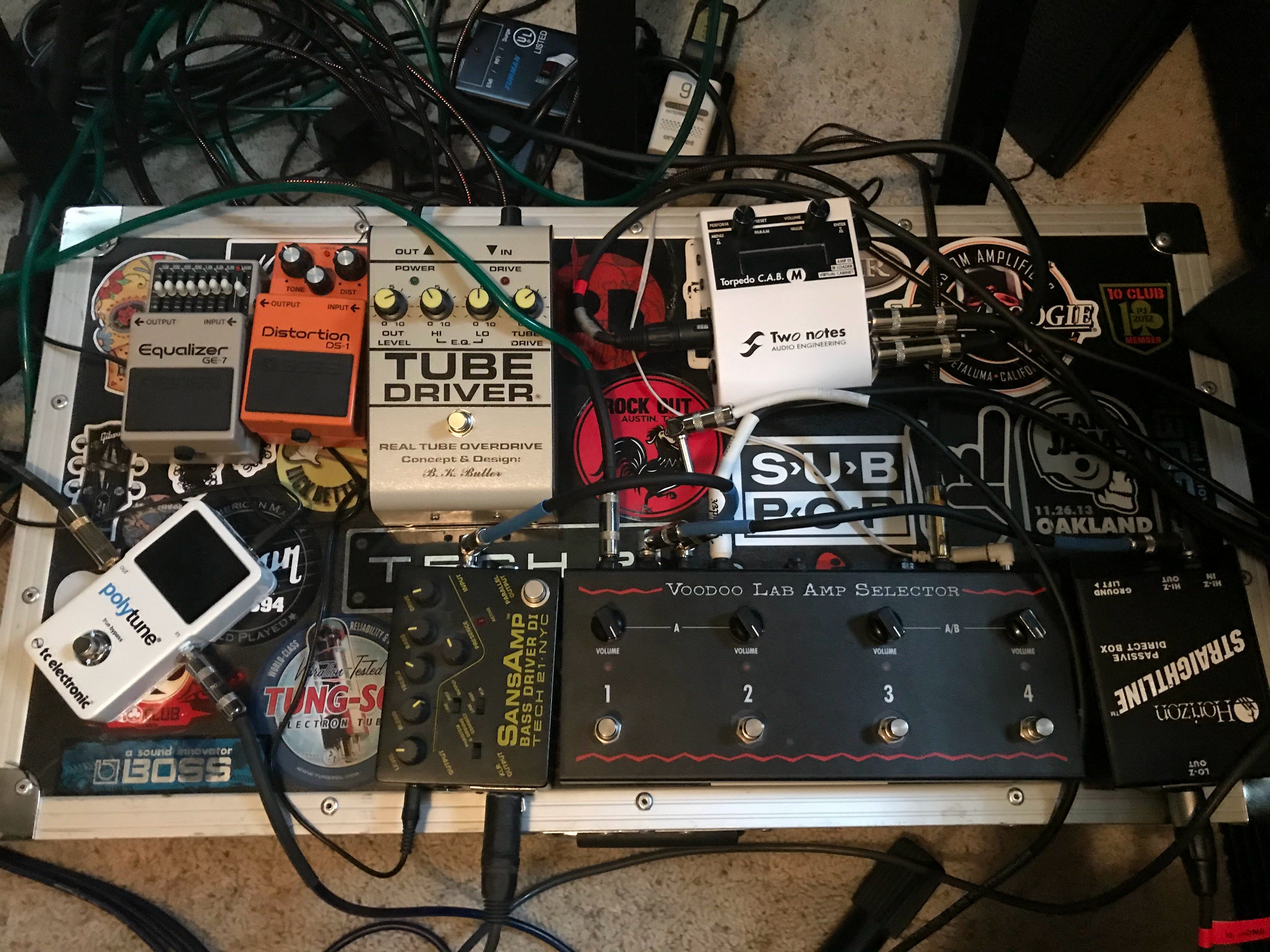
 Anthony Easton
Anthony Easton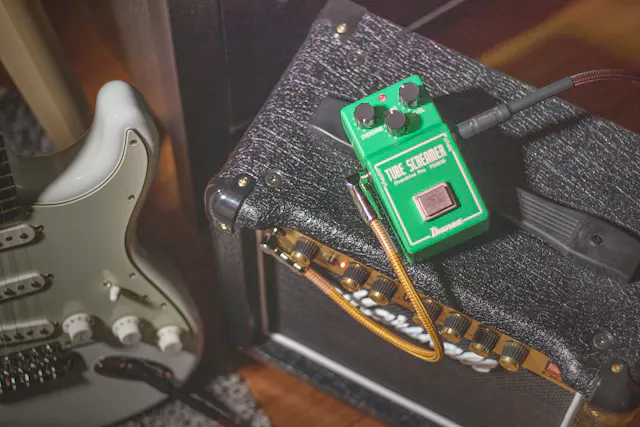
 Anthony Easton
Anthony Easton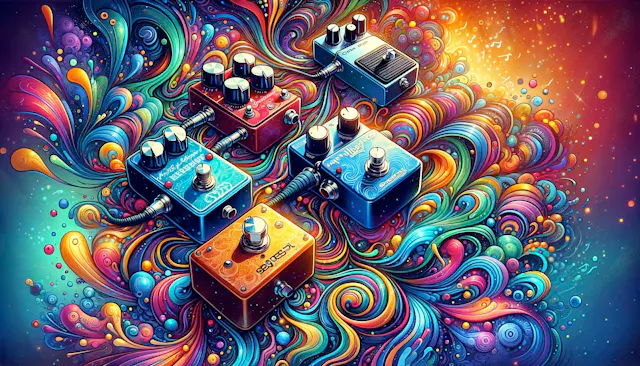
 Anthony Easton
Anthony Easton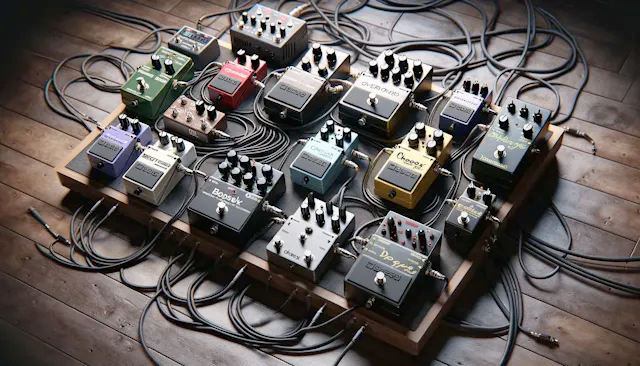
 Anthony Easton
Anthony Easton
 Anthony Easton
Anthony Easton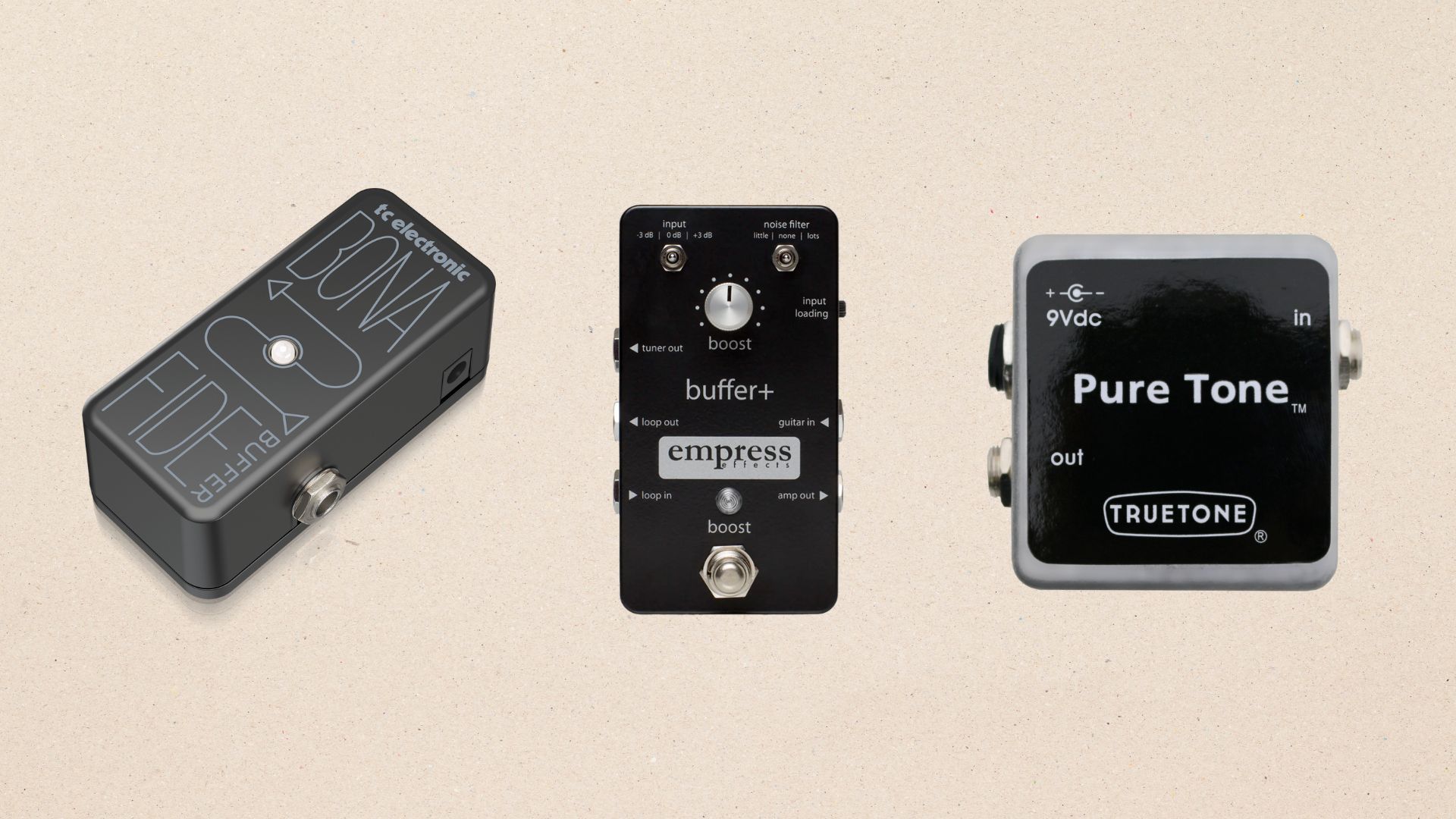
 Anthony Easton
Anthony Easton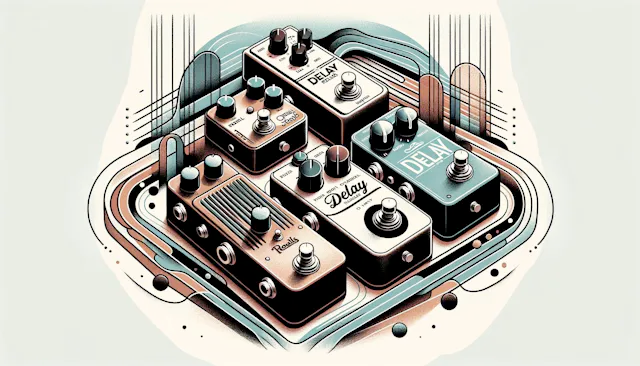
 Anthony Easton
Anthony Easton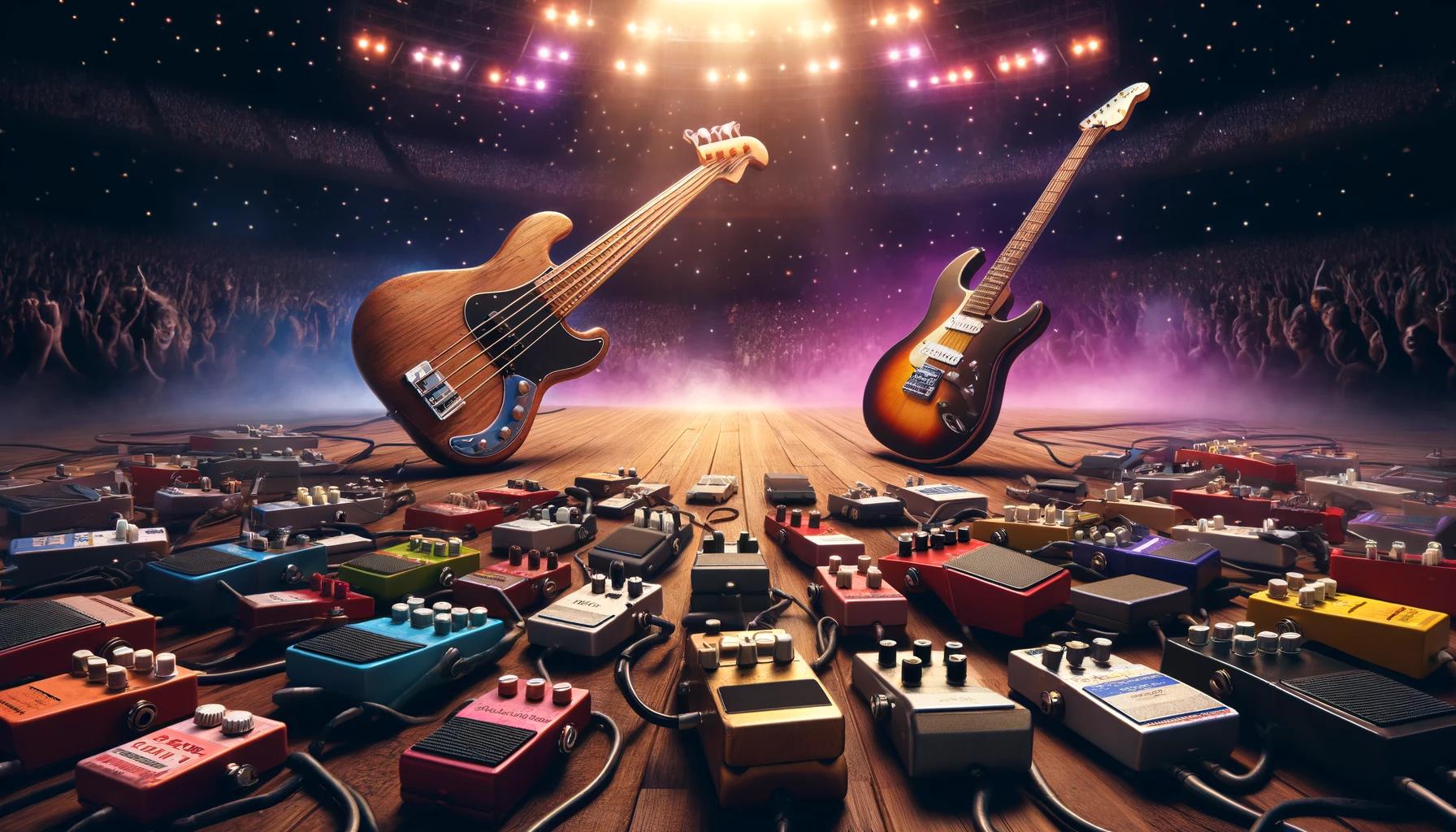
 Anthony Easton
Anthony Easton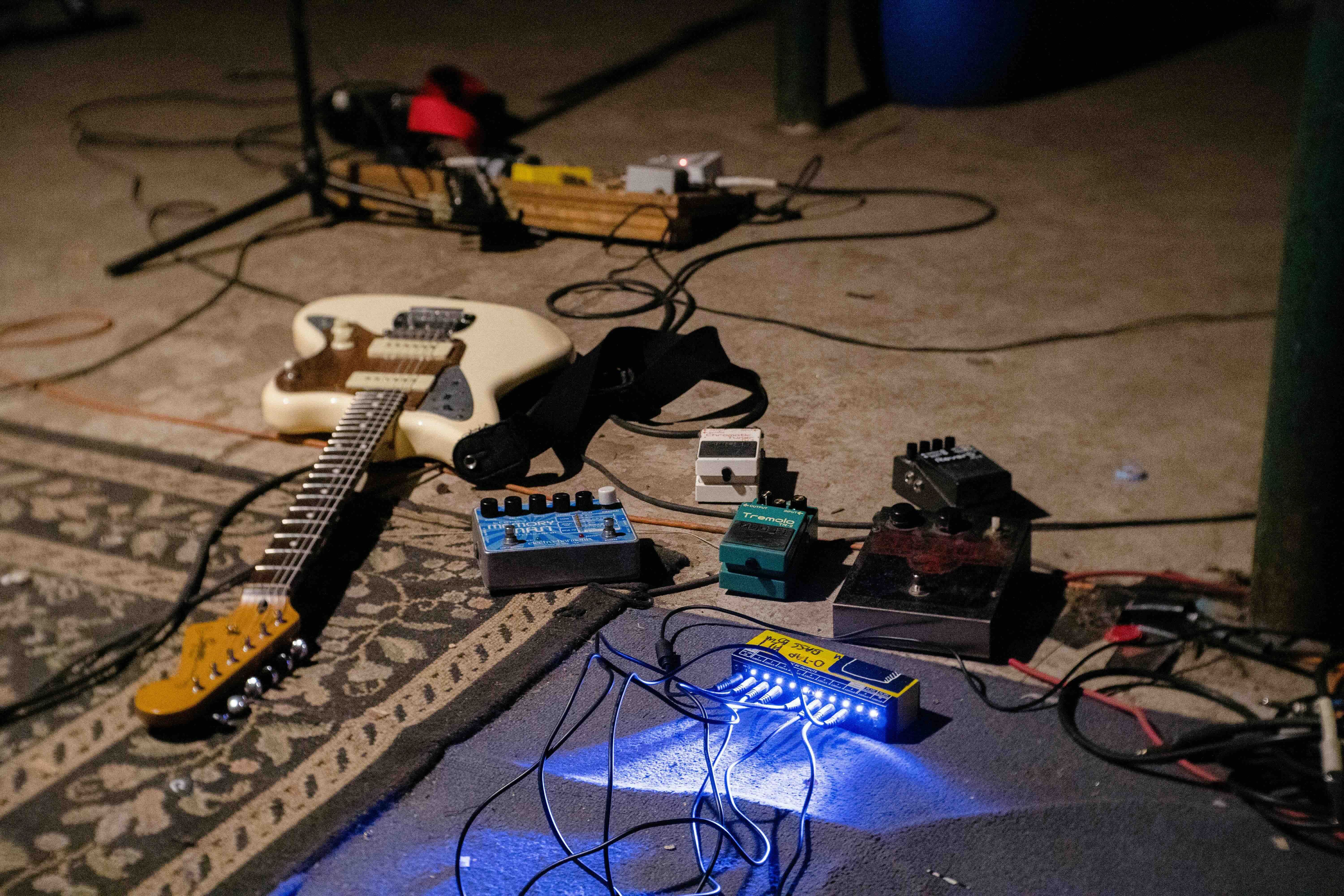
 Anthony Easton
Anthony Easton